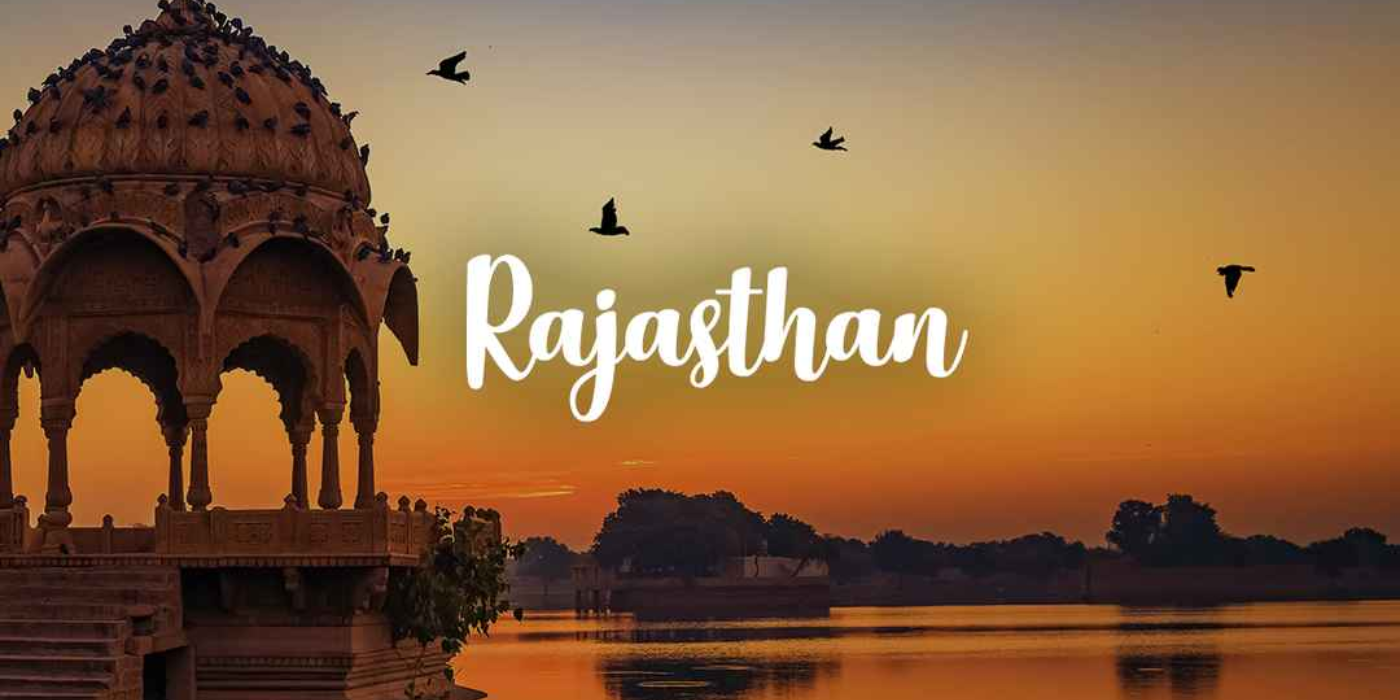
13 Interesting Facts About Rajasthan That Are Surprising Travelers In 2025
Rajasthan, the land of maharajas, is adorned with grand medieval forts and palaces, reflecting its rich royal heritage. This vibrant state embodies royalty, tradition, culture, and delectable cuisine, offering travelers a truly enchanting experience. With a glorious past, Rajasthan’s architectural wonders narrate tales of a golden era long gone.
Beyond its regal charm, Rajasthan is filled with fascinating facts that captivate visitors. From natural marvels to stunning man-made creations, the state is a blend of deep-rooted traditions and unique cultural beliefs that have shaped its society over time. These traditions and historical truths have evolved into intriguing aspects of Rajasthan’s identity, making them essential for every traveler to explore for a truly immersive experience.
13 Interesting Facts About Rajasthan
With its color-coded cities, welcoming locals, mouthwatering cuisine infused with authentic spices, and tales of ancient kingdoms and landscapes, Rajasthan never fails to amaze travelers. Discover these fascinating facts that continue to captivate visitors from around the world—read on!
1. Geographical Area – The Largest State Of India
With its color-coded cities, welcoming locals, mouthwatering cuisine infused with authentic spices, and tales of ancient kingdoms and landscapes, Rajasthan never fails to amaze travelers. Discover these fascinating facts that continue to captivate visitors from around the world—read on!
2. Kalibangan – The World’s Earliest Attested Ploughed Field
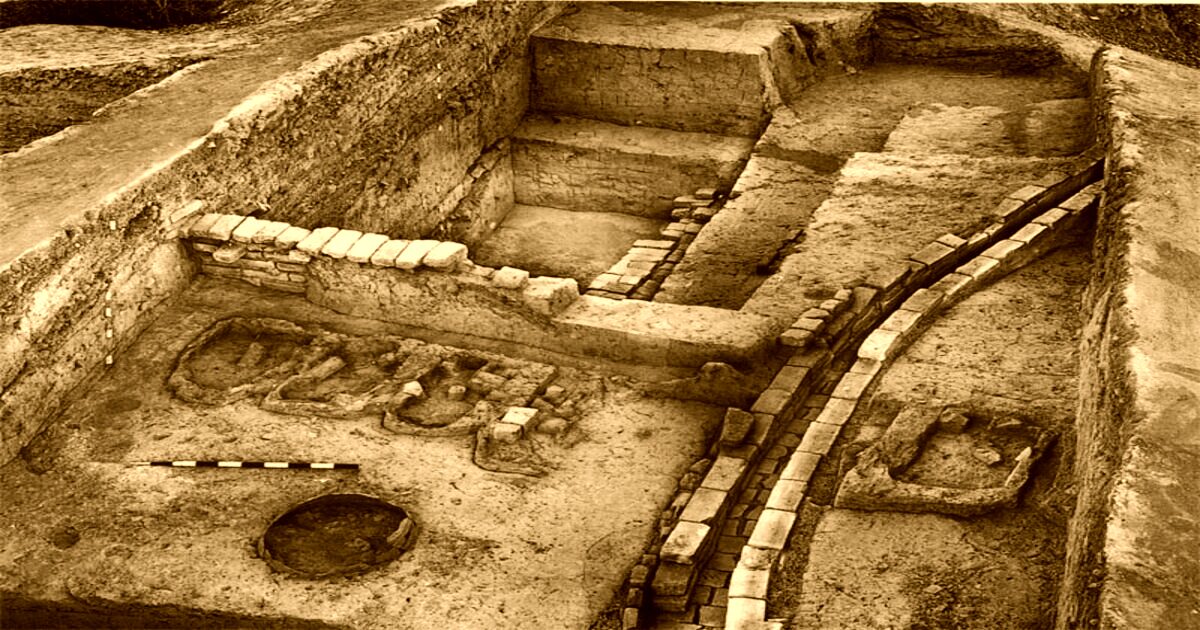
Kalibangan, situated in Rajasthan near the confluence of the Drishadvati and Saraswati Rivers, holds the remnants of ancient civilizations that thrived during prehistoric and pre-Mauryan times. This historic site is renowned for having the world’s earliest known plowed field, offering a glimpse into early agricultural practices.
3. Mandore: Ravana’s In-law’s House
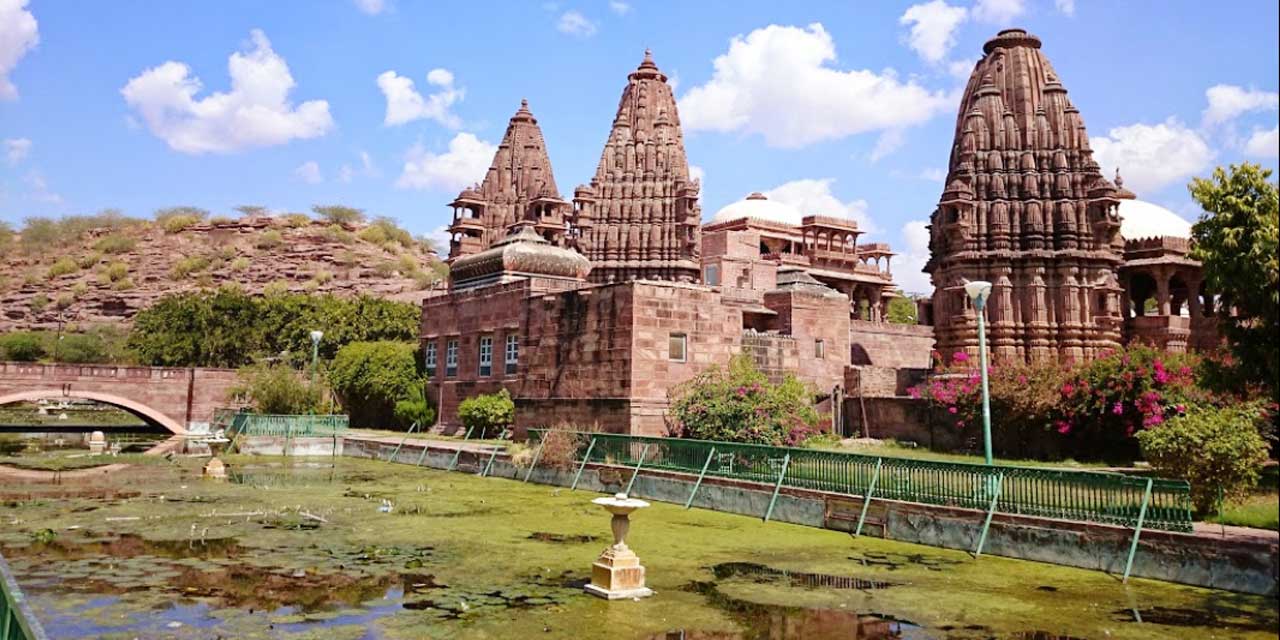
Mandodari, the wife of Ravana and queen of his empire, is believed to have hailed from Mandore in Rajasthan. Legend has it that their wedding ceremony took place at this very location, with Ravana Chavri marking the sacred site where they exchanged vows. Additionally, Mandore once served as the historic capital of Marwar, adding to its cultural and historical significance.
4. Bhangarh: The Most Haunted Fort

Bhangarh, situated in Rajasthan’s Alwar district, is infamous as one of India’s most haunted forts. Built in the 16th century by Raja Bhagwant of Amber, the fort carries a chilling legend. It is said that a Tantrik, enchanted by the beauty of Princess Ratnavati, cast a curse upon the entire village, sealing its fate in mystery and fear. Visitors can experience the eerie allure of Bhangarh only during daylight, as entry is strictly forbidden between sunset and sunrise.
5. Thar: The Great Indian Desert

The Thar Desert, the world’s 9th largest subtropical desert, proudly stretches across Rajasthan. While parts of it extend into Punjab, Gujarat, Haryana, and Sindh (Pakistan), nearly 60% of this vast and arid expanse lies within Rajasthan. Known for its harsh climate, the region remains dry for most of the year, with strong winds constantly shaping and reshaping its ever-shifting sand dunes.
6. Aravalli: The Oldest Range Of Fold Mountains
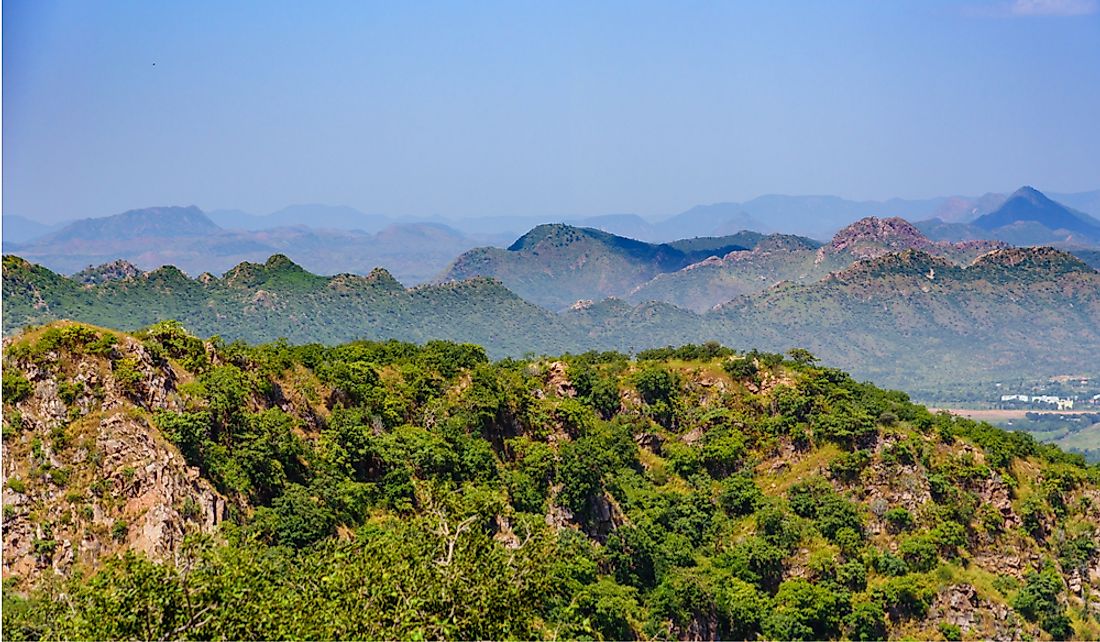
The Aravalli Range traces its origins back to a time when the Eurasian Plate and the Indian Plate were divided by an ocean. Formed through ancient cratonic collisions, this range was once much taller than it stands today. Stretching approximately 560 km, the rugged and isolated Aravalli hills dominate the landscape, with a significant portion running through Rajasthan.
7. Kumbhalgarh Fort: Longest Walls In The World
Kumbhalgarh Fort, in its present form, was built by Maharana Kumbha and stands as one of India’s most magnificent and expansive forts. Perched atop a hill at an elevation of 1,100 meters, the fort boasts massive perimeter walls stretching an astonishing 36 kilometers. This grand structure holds the distinction of having one of the longest fortifications in the world.
8. Hawa Mahal: The Palace Of Breeze

Hawa Mahal, an architectural masterpiece built from red and pink sandstone, was commissioned by Maharaja Sawai Pratap Singh in the 18th century. Its distinctive façade resembles a beehive’s honeycomb, featuring 953 intricately designed jharokhas (windows) adorned with elaborate latticework.
9. Vibrant Culture: Colour-Coded Cities

One of the most fascinating aspects of Rajasthan is that several of its prominent cities are color-coded. Jaipur is famously known as the Pink City, a title given after Maharaja Sawai Ram Singh decreed in 1876 that all homes be painted pink to welcome the Prince of Wales and Queen Victoria. In Jodhpur, the blue-painted houses originally signified the homes of Brahmins, but over time, the color became synonymous with the city itself. Meanwhile, Jaisalmer earned its nickname, the Golden City, inspired by the golden hues of the Thar Desert that surround it.
10. Luni River: India’s Saline River

The Luni River, originating in the Pushkar Valley, flows through the vast Thar Desert before eventually reaching the marshy regions of Kutch. Its name is derived from the Sanskrit term Lavanvati, meaning “salt river,” due to the high salinity levels in its waters.
11. Tourist Attractions: 8 UNESCO World Heritage Sites
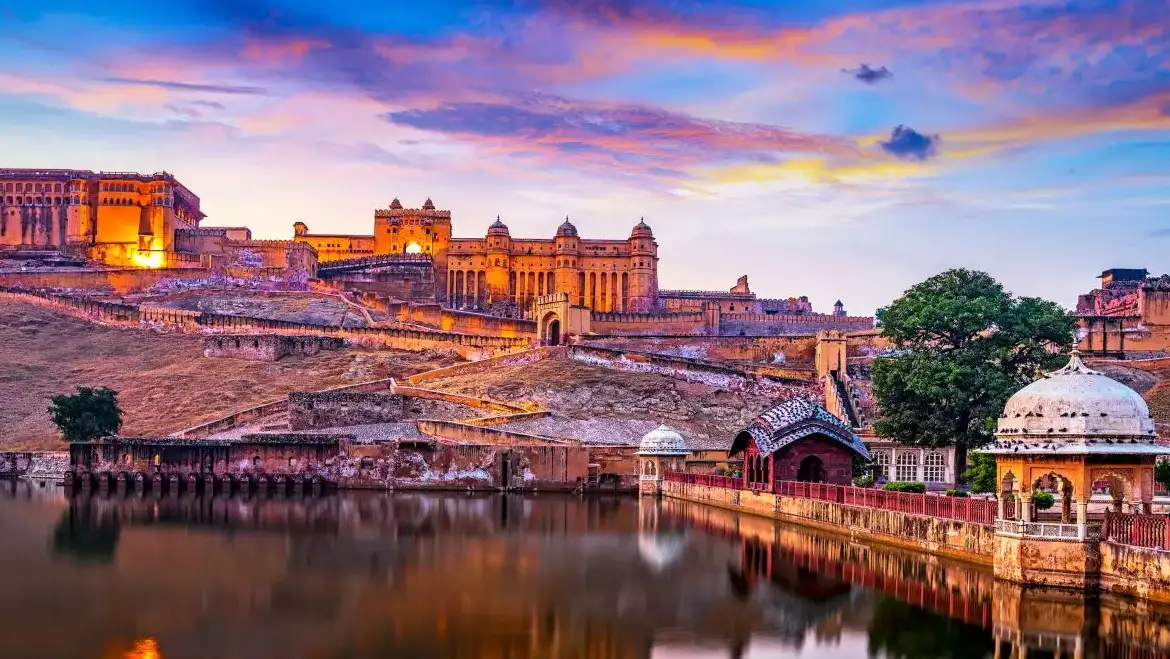
Rajasthan, a vibrant state, boasts 8 UNESCO World Heritage sites, including Chittorgarh Fort, Kumbhalgarh Fort, Ranthambore Fort, Gagron Fort, Amber Fort, Jaisalmer Fort, Keoladeo National Park, and Jantar Mantar. With the exception of the national park, each of these historical landmarks showcases the magnificent architecture of the Royal Rajputs.
12. Luxurious Transfers: The Palace On Wheels
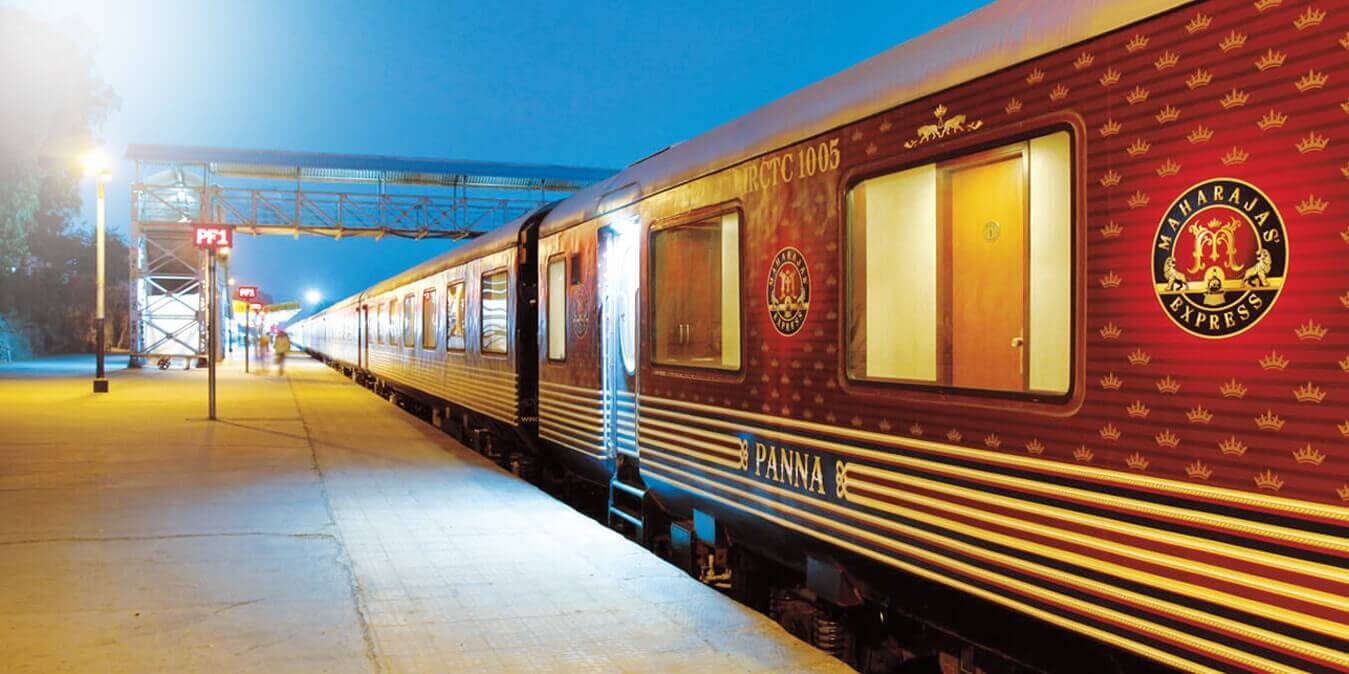
Launched in 1982 by Indian Railways and the Rajasthan Tourism Development Corporation, the Palace on Wheels is one of India’s most luxurious trains. Its design and concept are inspired by the royal culture and traditions of Rajasthan. The train features 23 coaches and has a total capacity to accommodate 104 passengers.
13. Kuldhara: The Abandoned Village
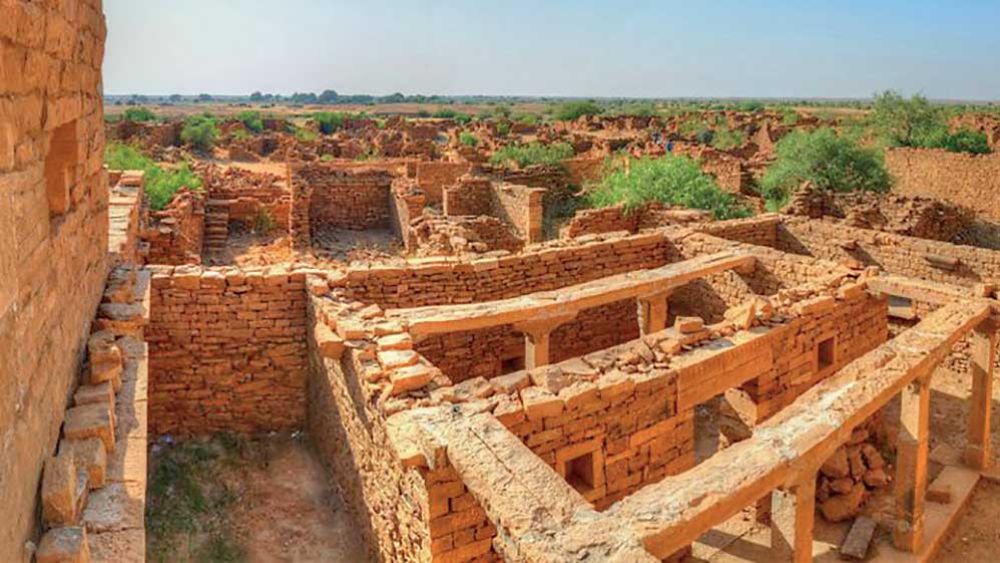
Kuldhara, an isolated village in Rajasthan, lies 18 kilometers from Jaisalmer. Founded in the 13th century by the Paliwal Brahmins, the village was reportedly abandoned in the early 19th century following an earthquake. However, local folklore offers a different tale, with many believing that the villagers cursed the land and fled under the cover of night, fearing the wrath of the Diwan.



2 thoughts on “13 Interesting Facts About Rajasthan That Are Surprising Travelers In 2025”